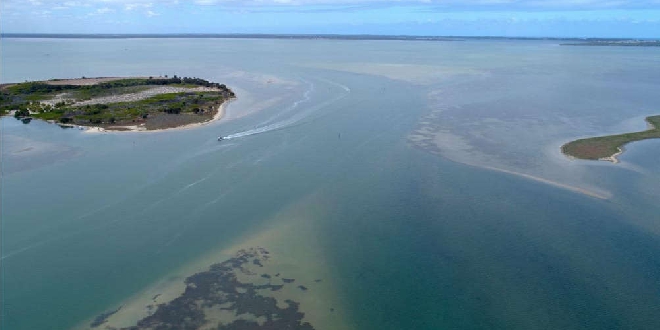
Mass fish deaths could be a thing of the past in the Peel-Harvey estuary with a new innovative trial helping to improve water quality to reduce algal blooms.
Scientists from Healthy Estuaries WA applied a specially manufactured clay-based treatment to a drain in the catchment of the Peel-Harvey estuary, which saw 95 per cent of phosphorus bind to the clay at the treatment site, preventing it from fuelling algal growth in the downstream waterways.
Many waterways like the Serpentine River can receive excess phosphorus from fertiliser use in their catchment, potentially causing algal growth that can lead to fish kills and adverse human health impacts.
The Department of Water and Environmental Regulation (DWER) has been working on a novel clay known as Hydrotalcite clay, or HT-clay.
It is made from a natural bentonite clay modified with hydrotalcite: a phosphorus binding mineral.
The manufacturing process involves mixing several raw ingredients together, causing chemical reactions where the clay becomes coated in the phosphorus binding material.
“We know the Peel-Harvey estuary (Bindjareb Djilba) is the heart of our community in Mandurah, and we need to address water quality issues so that our waterways can continue to be the lifeblood of our community for generations to come," Mandurah MLA David Templeman said.
“This trial demonstrates that there are many tools available to us to improve water quality, and we need to make use of them all to achieve significant nutrient reductions for the Peel-Harvey estuary.”



 Man arrested in Golden Bay over alleged motorbike thefts
Man arrested in Golden Bay over alleged motorbike thefts
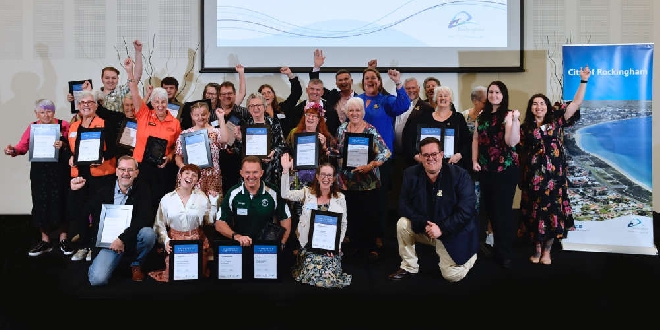 Local volunteers recognised at City of Rockingham awards
Local volunteers recognised at City of Rockingham awards
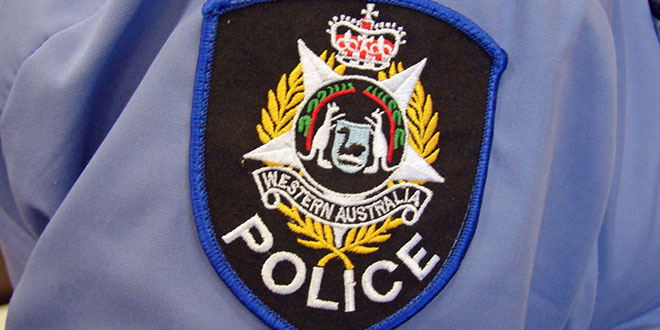 Part of teen's finger 'taken off' in Baldivis assault
Part of teen's finger 'taken off' in Baldivis assault
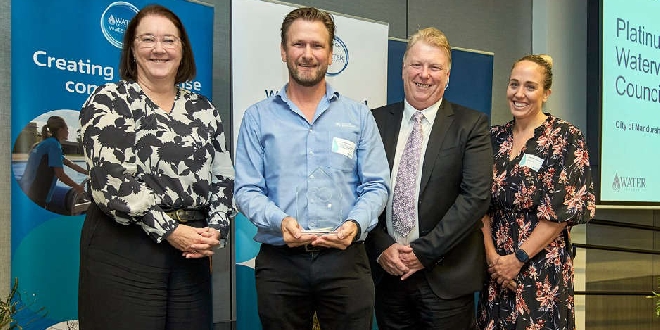 Mandurah crowned top waterwise council for second time
Mandurah crowned top waterwise council for second time
 Special Crime Squad hunt for man wanted over 'current investigation'
Special Crime Squad hunt for man wanted over 'current investigation'
 Man wanted over alleged sexual assault of teen girl at Cooloongup oval
Man wanted over alleged sexual assault of teen girl at Cooloongup oval
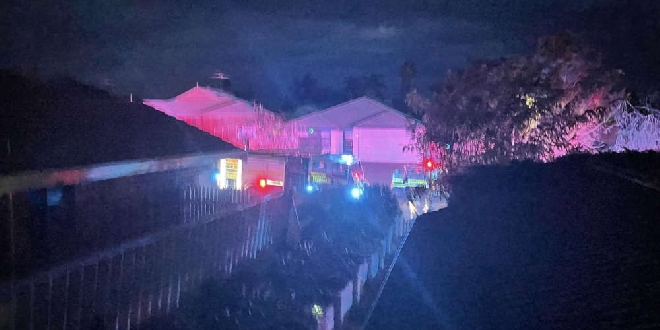 Warning to home owners after Falcon firies attend insulation fire
Warning to home owners after Falcon firies attend insulation fire
 Over 10,000 guns removed from WA community in buyback scheme
Over 10,000 guns removed from WA community in buyback scheme
 Financial help now available to those affected by Bunbury tornado
Financial help now available to those affected by Bunbury tornado